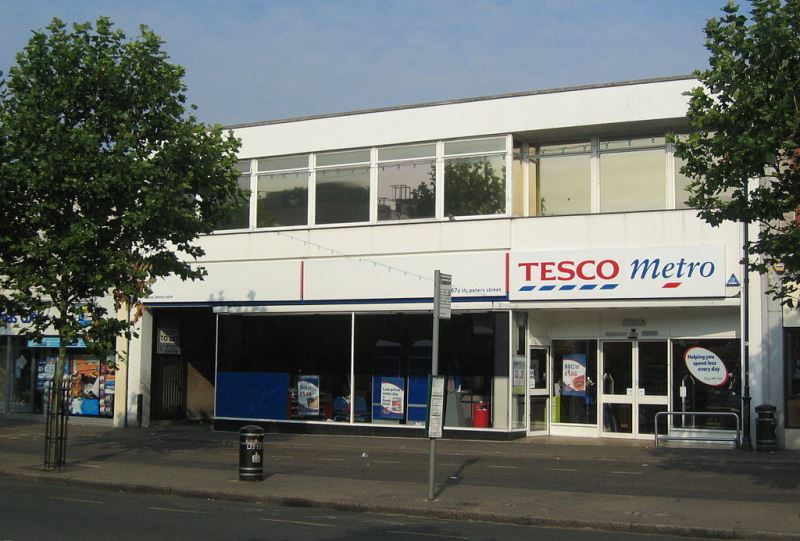
UK supermarket chain Tesco has announced plans to cut 4,500 jobs at 153 Tesco Metro supermarkets in the UK.
The company also plans to support affected employees by helping them find alternative roles within Tesco.
Tesco noted that it is planning to transform the 153 Metro stores as 70% of its customers are currently using the locations as convenience stores to buy food for a day.
The retailer intends to simplify and reduce processes and administrative tasks across the stores. It is currently in talks with the staff regarding these operational changes.
As part of the transformation, Tesco plans to introduce faster and simpler ways of filling shelves; enhance customer service with associates working more flexibly across the store.
The retailer also plans to introduce a leaner management structure in a bid to simplify the ways of working.
Tesco UK & ROI CEO Jason Tarry said: “In a challenging, evolving retail environment, with increasing cost pressures, we have to continue to review the way we run our stores to ensure we reflect the way our customers are shopping and do so in the most efficient way.
“We do not take any decision which impacts colleagues lightly, but have to make sure we remain relevant for customers and operate a sustainable business now and in the future.”
Tesco also plans to make slight reductions in opening hours during quieter trading periods, as well as simplify stock routines in 134 of its 1,750 Express stores due to lower customer visits.
The retailer will also make some localised changes in some large stores, such as streamlining operational routines, including processes for moving stock around the store and filling shelves.



